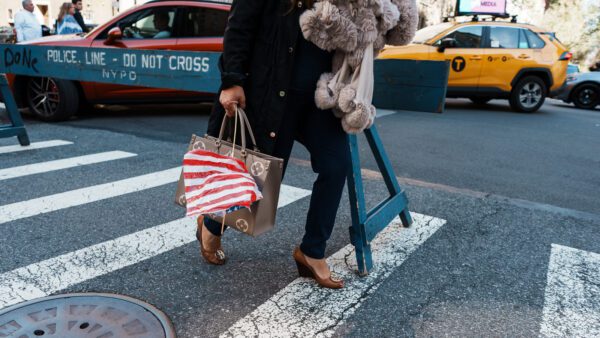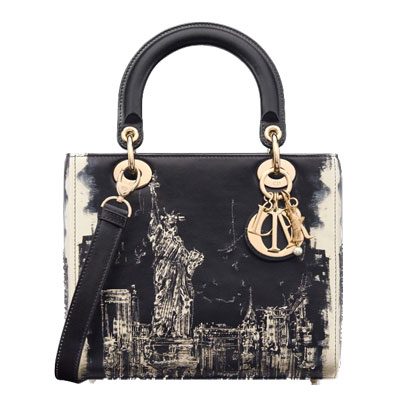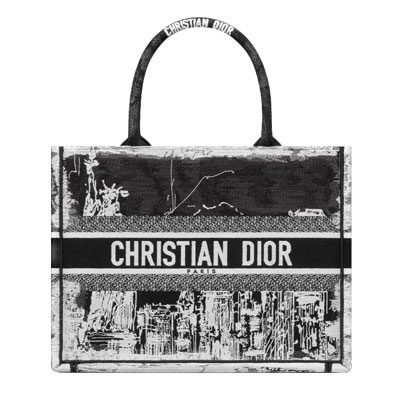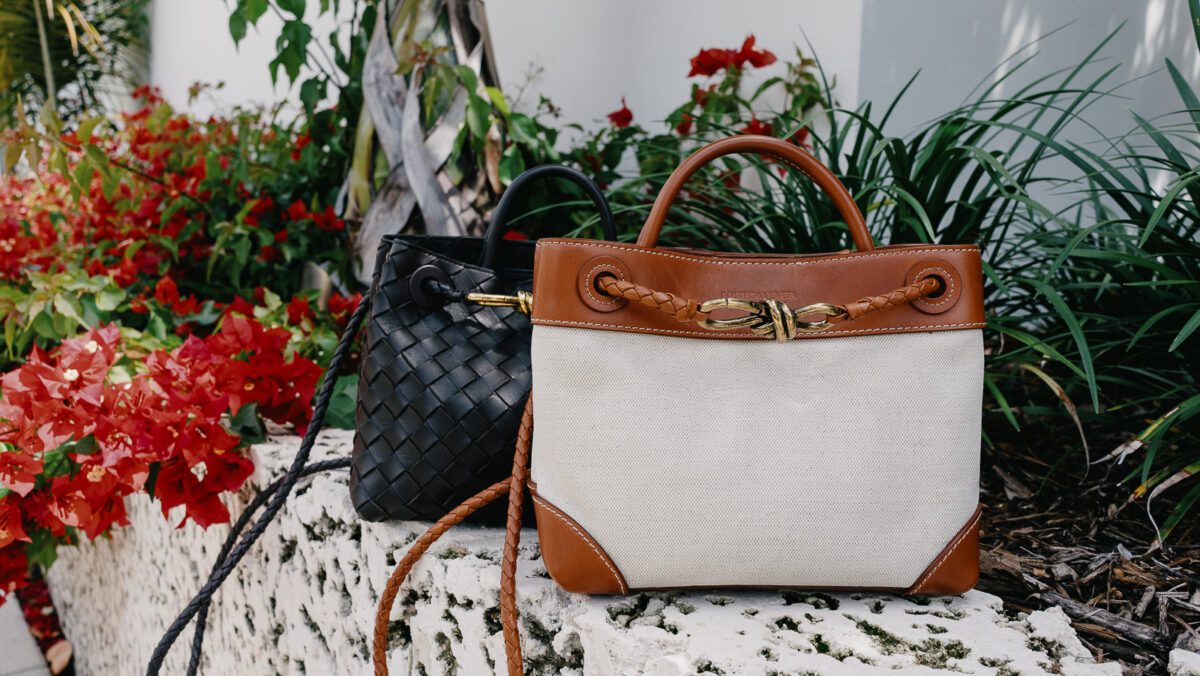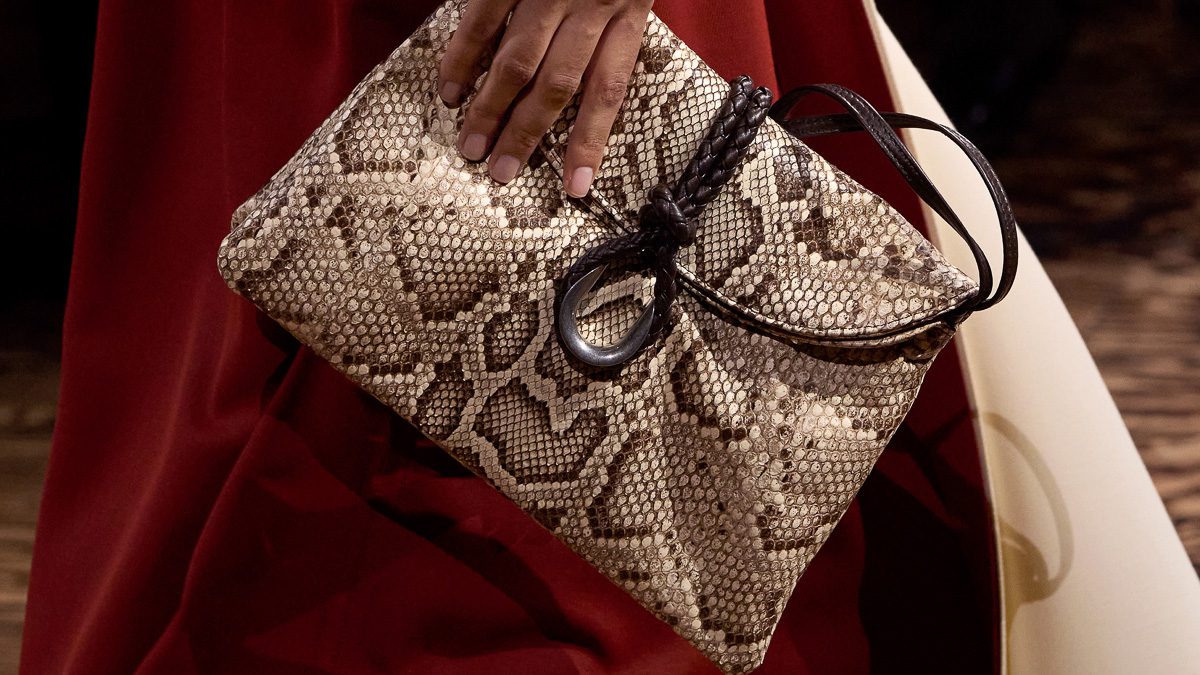Maybe the quiet luxury trend has finally got to me, but over the last couple of weeks, I’ve often found myself contemplating a luxe, oversized hobo. You know what I’m talking about – those supple spectacles that seemingly stretch for miles, their entire expanse luxuriously puddled into the crook of the arm for that extra bit of effortlessness.
Although my penchant for overflowing carryalls renders mostly empty bags a fantasy not entirely grounded in reality, I stoically hold onto the hope that someday, the hobo of my dreams shall materialize, riding atop the gleaming interface of the consumerist utopia called eBay.
In today’s luxury lexicon, however, the hobo encompasses a ridiculously overwhelming array of silhouettes that all need better names (and I’m not referring to political correctness). There are mini half-moon hobos, ornate hard-handle hobos, structured calfskin hobos, slouchy lambskin hobos, monogram canvas hobos, and yucky pleather hobos, all of which are likely infiltrating your gadgets as we speak (thanks, Google). Historically, a fair share of these were contributed by the maison of Bottega Veneta, whose hobos are now on fashion radars left and right.
Long before Mathieu Blazy’s Sardine or Daniel Lee’s Jodie, it was the singularly exemplary Tomas Maier who laid the groundwork for the Bottega hobo. So much, in fact, that the term “stealth wealth” that we bandy about so freely these days was actually coined by Sarah Mower for Vogue in an attempt to describe Maier’s FW06 runway collection!
Today, therefore, we hark back to the days of Old Bottega (or Old, Old Bottega, if you want to get really technical) under Tomas Maier’s tenure of 17 long and highly eventful years in fashion history!
The Bottega of Veneta
Unlike most major brands these days, Bottega Veneta never quite aspired to be an artificially rarefied, name-focused label, relying instead on the magic of its artisans in Vicenza atelier in Italy. Even its name simply translates to “Venetian shop,” originating in Italy’s Veneto province. Hence, several ownership changes – from founders Michele Taddei and Renzo Zengiaro to ultimately Kering in 2001 – stuck to its notoriously minimal ethos of “when your own initials are enough.”
Meanwhile, its signature basket-weave, the Intrecciato (originally making up for the lack of sewing machines in the workshops) had appeared on Lauren Hutton’s arm in American Gigolo (to be revamped in 2018 as the Lauren clutch, showcased on the runway by Hutton herself!), as well as on Andy Warhol, who was famously seen kissing a Bottega loafer.
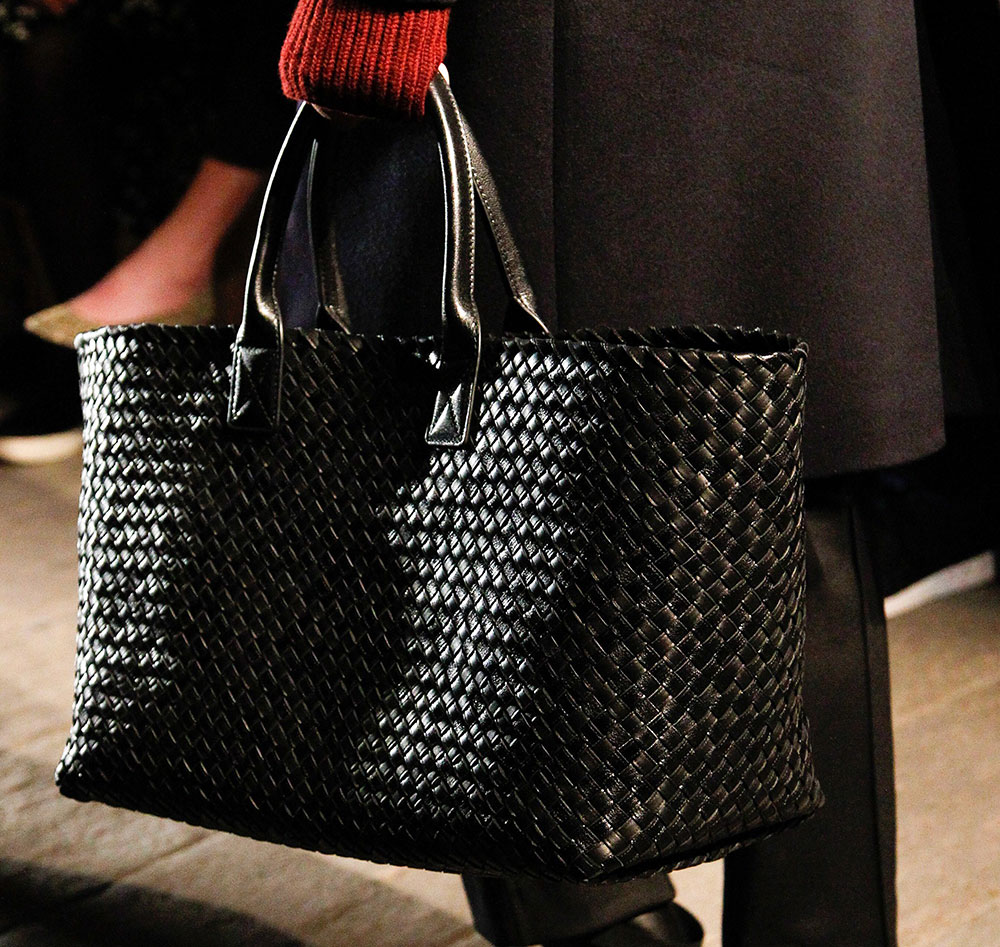
Despite the formidable pop-culture cache, however, Bottega’s trajectory took a turn in the 90s, as its rather conservatively cut leatherware and ready-to-wear began to pale compared to its sleeker androgynous competitors. And in the face of Y2K logomania, as the house edged on bankruptcy, stylist Giles Deacon, under Tom Ford’s supervision, attempted to launch an on-trend monogrammed jacket for FW01 that even Vogue agreed was poor planning for a brand so imbued in logo-less luxury. It was finally then that Ford recruited the Hermès-alum, Tomas Maier, a decision that forever altered the course of fashion!
Calling All the Cognoscenti!
Trained at the École de la Chambre Syndicale de la Couture Parisienne, German-born Maier was well-versed in old European style, and the Bottega gig allowed him to meld the traditional ways with American experimentalism. The result? Season after season of massively successful collections, beginning with leather goods and soon expanding to the newly-revived clothing, fragrances, jewelry, sunglasses, home decor, and more onwards of 2005.
And the purses, oh the purses! As handbag connoisseurs have since come to adore, Maier reintroduced the Knot Box Clutch of 1978, designed the Cabat – that reportedly uses over 160m of leather ribbons woven together by two craftspeople over two entire day – and a range of squishy hobos that have gone onto inspire his successors.
Although I generally find the term “iconic” rather clickbait-esque, Bottega hobos are anything but. And through a tumultuous period in human history, when emblazoning brand initials and streetwear were the norm, Maier’s brand quietly powered through as a true symbol of status known only to those in the know.
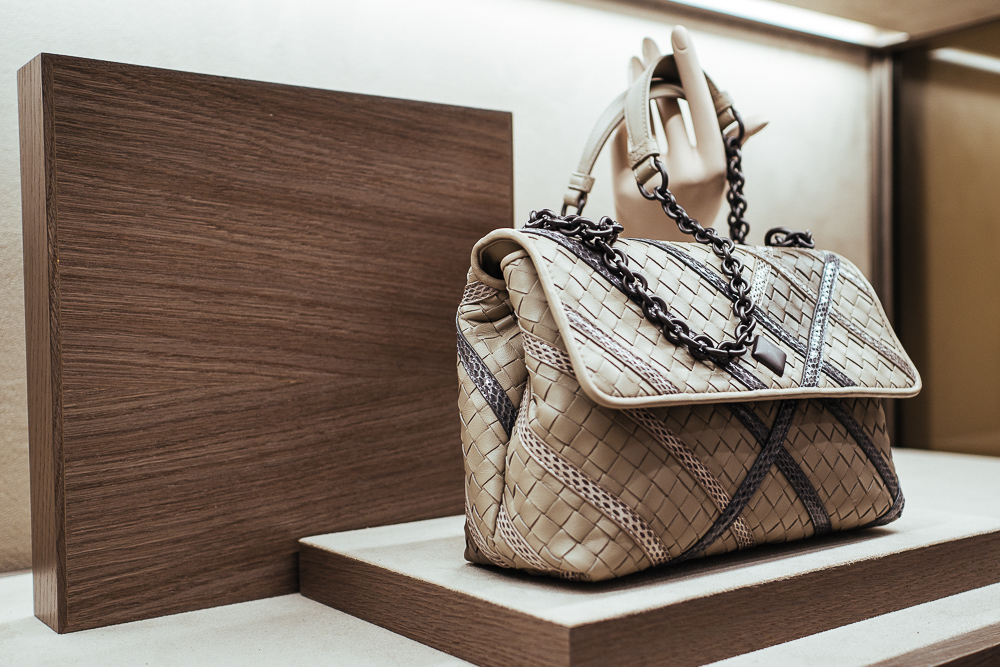
Recognizable in their own right, the signifying factor for Old Bottega became the craftsmanship, the tactility, and the wearability, and the same can’t be said for many of its contemporaries. Many also dubbed Maier the pioneer of normcore, an aesthetic that would come to dominate the post-Recession years and well into the present day, and if that’s not some real foresight on the designer’s part, I don’t know what is!
The steadfastness of Maier’s tenure, however, came at a price. Since its amelioration in 2001, Bottega came to be seen as “careful and contemplative” that didn’t reinvent the wheel, instead charmed in an old-worldly way – saccharine wording that bordered on derogatory. And after seventeen long years, Maier’s reign came to an end.
Out With the Old, In With the New
While grounded in functional realism, Maier’s aesthetic clearly felt out of the times in the late 2010s, especially compared to the youthful energy of the likes of Alessandro Michele, Virgil Abloh, and Simon-Porte Jacquemus. Soon after his departure in 2018 (many claimed was long overdue), his successor, Daniel Lee, successfully put Bottega on the radars of the jet-setting glitterati.
Old Bottega was now proclaimed a “sleeping giant,” an underdog, and Lee was its savior. And on the eve of its so-called modernization, sales escalated, profits boomed, everybody had a Bottega, and everybody was happy.

The upheaval of such design conglomerates, of course, isn’t new – even Lee’s tenure lasted a mere three years, to be currently followed by Mathieu Blazy. Blazy reinterpreted the brand in his own way, with newer designs drawing inspiration from Lee, but more importantly, Maier.
The difference, however, lies in the fact that BV today is a highly-publicized affair; its Intrecciato, like the similarly logo-less Birkin, is almost equally as recognizable, with much of its revenues tied to the celebrity status of both Blazy and Lee, rather than the brand itself.
And it was Maier who saw the fallacy in that, in the over-saturation that plagues the heritage houses of today. As a profile on The Independent correctly identifies, “In a world dominated by wunderkind designers who are increasingly on a first-name basis with their public, 54-year-old Maier is a rarity. He has no interest in creating his own cult of personality.
You could never accuse Tomas Maier – nor Bottega Veneta – of that.”

